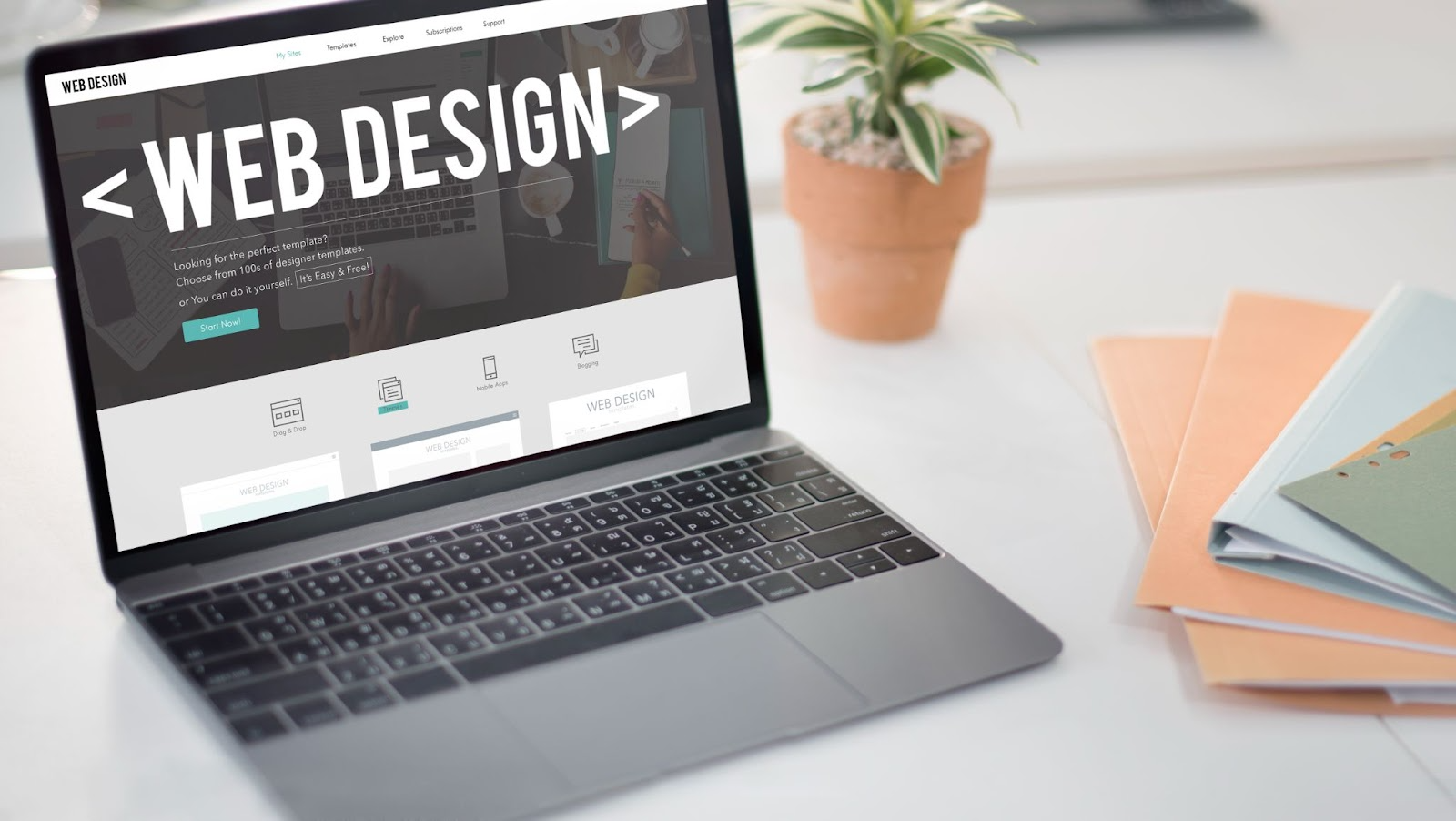Digital trends keep on evolving, which, by extension, requires increased standards from the audience. To do business in this day and age implies flexibility in web design approaches that privilege the user’s experience, functionality, and visual appeal. From innovative practices like web design New York NY, we will explore the forward-thinking strategies affecting 21st-century web design and explain how they enable companies to create strong digital identities.
Understanding the Need for Modern Web Design
In today’s world filled with AI and mobile usage, digital visitors always search for a superior and fast experience on a website. Quick, intuitive, and visually appealing sites are crucial in maintaining one’s audience and drawing in one’s attention. That is why today designers are focused on creating lightning-fast, flexible, and dynamic websites that perform nicely on any allowable device or resolution.
Key Elements of Modern Web Design
1. Responsive and Mobile-First Design
Given the fact that mobile devices account for more than half of online traffic, developers of websites have to make sure that the pages are optimized for low-screen space first. With a mobile focus, websites offer quick page speed and flexibility to ensure followers have a responsive interface on smartphones and tablets as well as their desktops.
2. Minimalism and Clean Layouts
Modern users appreciate simplicity. Organized structures, readable fonts, and user navigation problems are issues that contribute to better usability by reducing user mental energy requirements. Using such an approach, websites can load faster; they can support more users.
3. Microinteractions and Animation
Short occurrences or interactive cues (e.g., a button that changes shade when hovered) are termed as microinteractions. These thoughtful design details enhance the experience for end users by leading them and putting a ring of interactivity around the interface.
4. Dark Mode Compatibility
The dark mode has gained popularity in the last years due to its beauty, but also its benefits to one’s eyesight. Many of the new designs include a common light/dark mode switch and customization of browsing on the user’s side on the fly.
Trends Shaping the Future of Web Design
1. AI and Personalization
AI is making websites smarter and personal. AI-powered chatbots and customized product recommendations allow users to interact with websites in a more engaging and personalized way.
2. Voice User Interfaces (VUIs)
With voice-enabled assistants such as Alexa and Siri becoming more popular, developers of websites are including voice-based search and commands on their websites. With this change, this shift increases accessibility and makes websites relevant to the new ways that users interact with technology.
3. 3D Visuals and Immersive Experiences
Web pages benefit visually and in terms of sophistication from the use of 3D components and immersive site decisions. Interactive 3D visuals contribute to adding attractiveness and vividness to the products highlighted and brand narratives.
4. Asymmetrical Layouts and Broken Grid Design
Contemporary web design is advancing so far from the predominance of symmetrical designs. Asymmetrical designs and unique grid systems add interesting visual patterns that highlight vital design elements.
Real-Life Case Study: Airbnb’s Website Redesign
Challenge:
Airbnb’s goal was to maximize the user interface while increasing conversion rates throughout the network globally. Although their previous design was functional, it could not be customized and deliver an attractive user experience for users on specific user paths.
Solution:
The company invested in a major redesign focused on:
- Personalization: AI-powered suggestions based on browsing behavior.
- Simplified Navigation: A cleaner interface with better filtering tools.
- Visual Storytelling: High-quality images and videos to promote listings.
- Accessibility Improvements: Features like keyboard navigation and screen-reader compatibility.
Results:
After implementing the new design:
- User engagement increased by 13%.
- Booking conversions rose by 20% in mobile users.
- Customer satisfaction scores improved significantly across the platform.
Takeaway:
It is very evident through Airbnb that emphasis on contemporary design enhancement, especially about user experience, performance, and inclusiveness, could have a strong positive effect on business growth.
The Role of Accessibility and Inclusivity
Real modernity in web design is about making sure people can access the information, not just looking attractive or having a site which loads fast. If you ensure accessibility, then you allow individuals with disabilities to access your website. Touching up with keyboard navigation, descriptive image alt text, and decent color contrast assists you improve user reach as well as search rank.
SEO and Performance Optimization
I do not care how engaging a website is; the stability on search engines is very important. The modern design practice emphasizes the need for acceleration optimization, clean code shape, metadata quality, and responsiveness in mobile devices. If you optimize a site, it will improve its ranking in search results, as well as increase the time users spend on your pages.
User-Centric Design: Putting People First
Every design choice in user-centered design is driven by the needs, behaviors, and goals of the people you’re designing for. It includes everything from the layout of pages and colors used to the structure of your navigation and content delivery. By making users feel wanted, you raise the chances that they will keep using your platform, browsing more, and eventually buying or giving you some information.
Conclusion
Web design today involves much more than simply making a site look good. It uses technology alongside creativity and insights into user behavior to build websites that are both effective and well-received. As technology advances, businesses must ensure they remain current with design trends that prioritize responsive, accessible, and personalized experiences to succeed online. Partnering with an expert SEO Agency New York NY can also help companies that make user-focused design a key investment succeed in today’s digital environment.
FAQs
1. Why is responsive design important for modern websites?
With responsive design, your site appears and performs similarly well on every device, making it more enjoyable for users and more likely to retain them, especially on mobile devices.
2. What are microinteractions in web design?
Microinteractions are simple animations or responses that the user encounters while interacting with the interface, such as by clicking a button or submitting a form. They improve ease of use and create a more dynamic and responsive site environment.
3. How does web accessibility benefit my business?
Web accessibility enables you to connect with all users, including people with special needs. Web accessibility also raises your ranking in search results, increases how satisfied users feel, and highlights your commitment to social responsibility.
4. What role does AI play in modern web design?
AI can personalize web content, automate assistance through chatbots, and analyze user data to better optimize design and system features.








